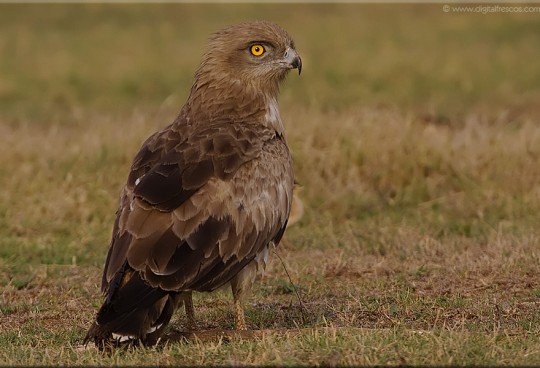The sultan tit (Melanochlora sultanea) is a large songbird (about 17 cm long) with a yellow crest, dark bill, black upperparts plumage and yellow underparts. The sexes are similar. The female has greenish black upperparts and yellowish throat. The young bird is duller than the adult and has a shorter crest. The male has the forehead and crown with the crest brilliant yellow; the whole upper plumage, sides of the head and neck, chin, throat, and breast deep black glossed with green, the edges of the feathers of the upper plumage with a metallic lustre, and the outermost tail-feathers tipped with white; lower plumage from the breast downwards deep yellow, the thighs barred or mottled with white. The recumbent crest is raised when the bird is alert or alarmed.
In India, this species occurs in the lower ranges of the Himalayas from Nepal to the head of the Assam valley, the Khasi hills, Cachar, Manipur, the Kakhyen hills east of Bhamo, Arrakan, the Pegu hills, Karennee, and Tenasserim. This species does not appear to be found above 4000 feet of elevation. It extends down the Malay peninsula. It frequents the larger trees in small flocks. Diet is chiefly small invertebrates and larvae, principally grasshoppers and crickets (Orthoptera), mantises (Mantidae) and spiders. Not globally threatened (Least Concern). Fairly common in Bhutan and E Himalayas, and rare in W Himalayas, Nepal and Sikkim; local and uncommon in S China. Widely distributed within suitable habitats throughout its large range, the Sultan Tit is evaluated as Least Concern on the IUCN Red List of Threatened Species.
![]()






Sorry, the comment form is closed at this time.